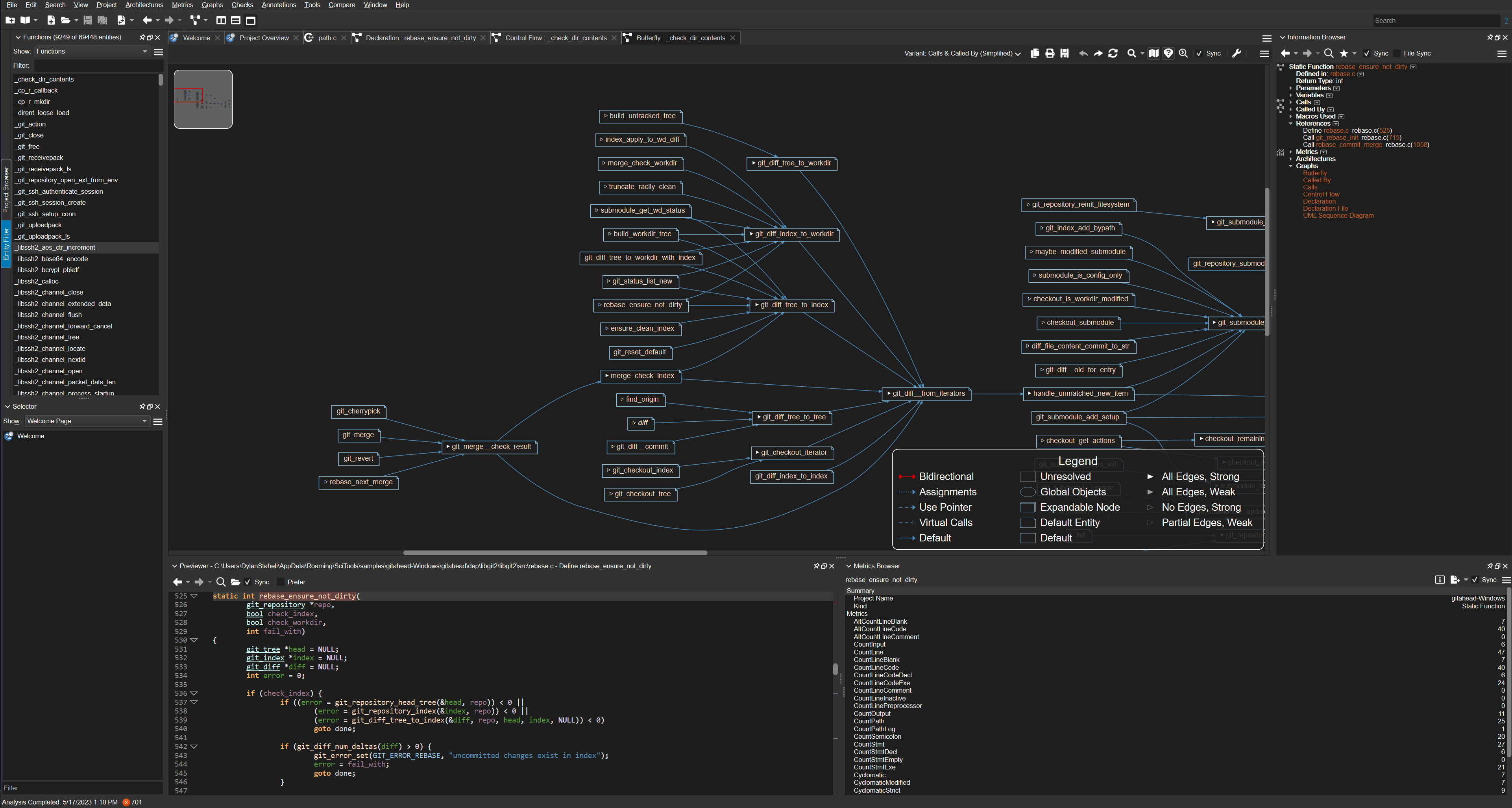Refactoring legacy program code is a important yet challenging task in modern computer software development. As organizations evolve, their codebases, often built many years ago, need upgrading to meet brand new standards, integrate together with contemporary technologies, or improve performance. This is how Artificial Intelligence (AI) steps in because a transformative force, offering both thrilling opportunities and significant limitations.
Understanding Musical legacy Code and Refactoring
Legacy Code relates to outdated program code that remains utilized despite its age. It often provides challenges due to be able to its lack regarding documentation, reliance upon outdated technologies, in addition to trouble integration using newer systems. Refactoring may be the process of restructuring existing code without changing the external behavior, aimed at improving their internal structure and readability. This job is vital for preserving software quality, improving performance, and allowing future development.
Options Made available from AI within Refactoring Legacy Computer code
Automated Code Analysis and Improvement
AI tools can examine large numbers of signal faster than individual developers. Machine mastering models can determine patterns and anti-patterns, flagging problematic regions in the code. Resources like SonarQube plus CodeClimate, enhanced by AI, provide automated insights into signal quality, detect bugs, and suggest improvements. These tools can advise better coding techniques and help make sure adherence to contemporary standards.
Code Technology and Transformation
AI-driven code generation resources, such as OpenAI’s Codex, can support in generating fresh code depending on presented specifications. For refactoring, these tools could transform old code into more effective, maintainable structures. These people can generate equivalent code snippets that will adhere to contemporary programming paradigms or perhaps integrate with modern APIs, thereby bridging the gap involving legacy systems plus new technologies.
Improved Testing and Acceptance
AI can participate in a significant function in testing refactored code. By using machine learning methods, testing tools could predict potential concerns and test situations that may not be immediately apparent. AI can also assist in generating test instances and automating the particular regression testing method, ensuring that refactoring is not going to introduce brand new bugs or disturb existing functionality.
Natural Language Processing (NLP) for Documentation
AI-powered NLP tools may help generate documentation for legacy codebases. By analyzing program code comments, variable names, and structure, these tools can create human-readable documentation, generating it easier regarding developers to understand and work using legacy systems. This particular enhances the overall maintainability of the code and helps in the refactoring process.
Predictive Preservation and Issue Recognition
AI can anticipate potential issues in addition to maintenance needs by simply analyzing historical files and usage habits. Predictive models can foresee areas regarding the code of which are very likely to fall short or become challenging, allowing developers to proactively address these kinds of issues during the particular refactoring process.
Constraints and Challenges
In-text Understanding
While AI tools are adept at pattern identification and code analysis, they often lack a deep contextual understanding of the particular code’s purpose and business logic. Musical legacy systems might include complex, domain-specific logic that AI versions fight to comprehend fully. This can lead to refactoring suggestions that do not align with the planned functionality or business requirements.
Quality and Reliability of AJE Resources
The usefulness of AI tools depends heavily within the quality of typically the underlying models in addition to data. Inaccurate or biased models may produce suboptimal refactoring suggestions or maybe present new issues. Making sure the reliability regarding these tools is vital, and human oversight remains necessary to validate AI-generated alterations.
find this
Integrating AI tools in to existing development work flow can be challenging. Legacy codebases often arrive with their own set of integration problems, and introducing AJE tools may add additional complexity. Ensuring compatibility and smooth integration with current systems and procedures requires careful organizing and execution.
Expense and Resource Restrictions
Implementing AI-driven refactoring tools can always be costly, particularly for more compact organizations. The purchase in AI tools, along with typically the requirement for specialized information to utilize and understand them effectively, may be a substantial barrier. Organizations need to weigh the advantages contrary to the costs plus ensure they own typically the resources to assistance AI-driven initiatives.
Ethical and Security Problems
The use of AI throughout software development raises ethical and security concerns. Automated equipment may inadvertently show sensitive code or even data during analysis. Additionally, there is definitely the potential likelihood of AI tools getting exploited for malicious purposes. Ensuring of which AI tools will be used responsibly plus securely is essential for maintaining trust plus integrity inside the growth process.
Summary
AI has the probability of revolutionize the process of refactoring musical legacy code by offering automation, improved analysis, plus enhanced testing functions. Its ability to evaluate and generate computer code, improve documentation, plus predict maintenance needs represents significant possibilities for modernizing outdated systems. However, difficulties such as in-text understanding, tool dependability, integration issues, plus cost constraints focus on the limitations of AI in this domain.
To power AI effectively, businesses must adopt some sort of balanced approach that will combines AI resources with human competence. While AI can handle repetitive and complicated tasks, human oversight ensures that the particular refactoring process lines up with business aims and maintains code quality. By taking on both opportunities and limitations of AJE, organizations can understand the complexities regarding legacy code refactoring and pave the way to get more snello and maintainable computer software systems.
